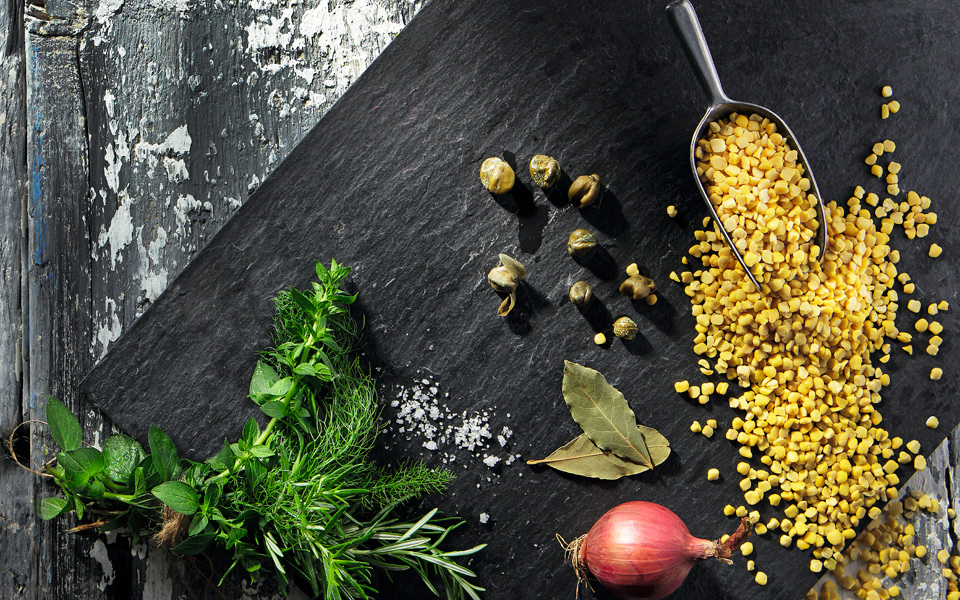INSTRUCTIONS FOR CLASSIC FAVA
Wash the fava thoroughly and place in a medium-sized saucepan with 900 ml of cold water over strong heat, for about 3-4 minutes until it comes to the boil. Lower the temperature and skim the scum off the top with a slotted spoon repeatedly until it stops appearing. Cover the pan and simmer over low heat for approximately 1 hour until the fava thickens and absorbs the water. Do not stir because the fava will release its starch and stick to the bottom of the pan. If it hasn’t softened in an hour, add half a cup of water and keep cooking. Set the fava aside and allow it to rest for about 10 minutes.
While it’s still warm, add the olive oil, salt and pepper. Mix well using a wooden spoon until you have a dip resembling lumpy mashed potato. If you prefer a smooth consistency, pass it through the blender. Place the fava in a deep bowl, garnishing with the oregano, chop up the onion and serve on the side.
INGREDIENTS
- 100 ml olive oil
- 100 ml lemon juice (or to taste)
- 2 tsp fresh chopped oregano or 1 tsp dried oregano
- Salt
- Freshly ground pepper
- 1 medium-sized onion













